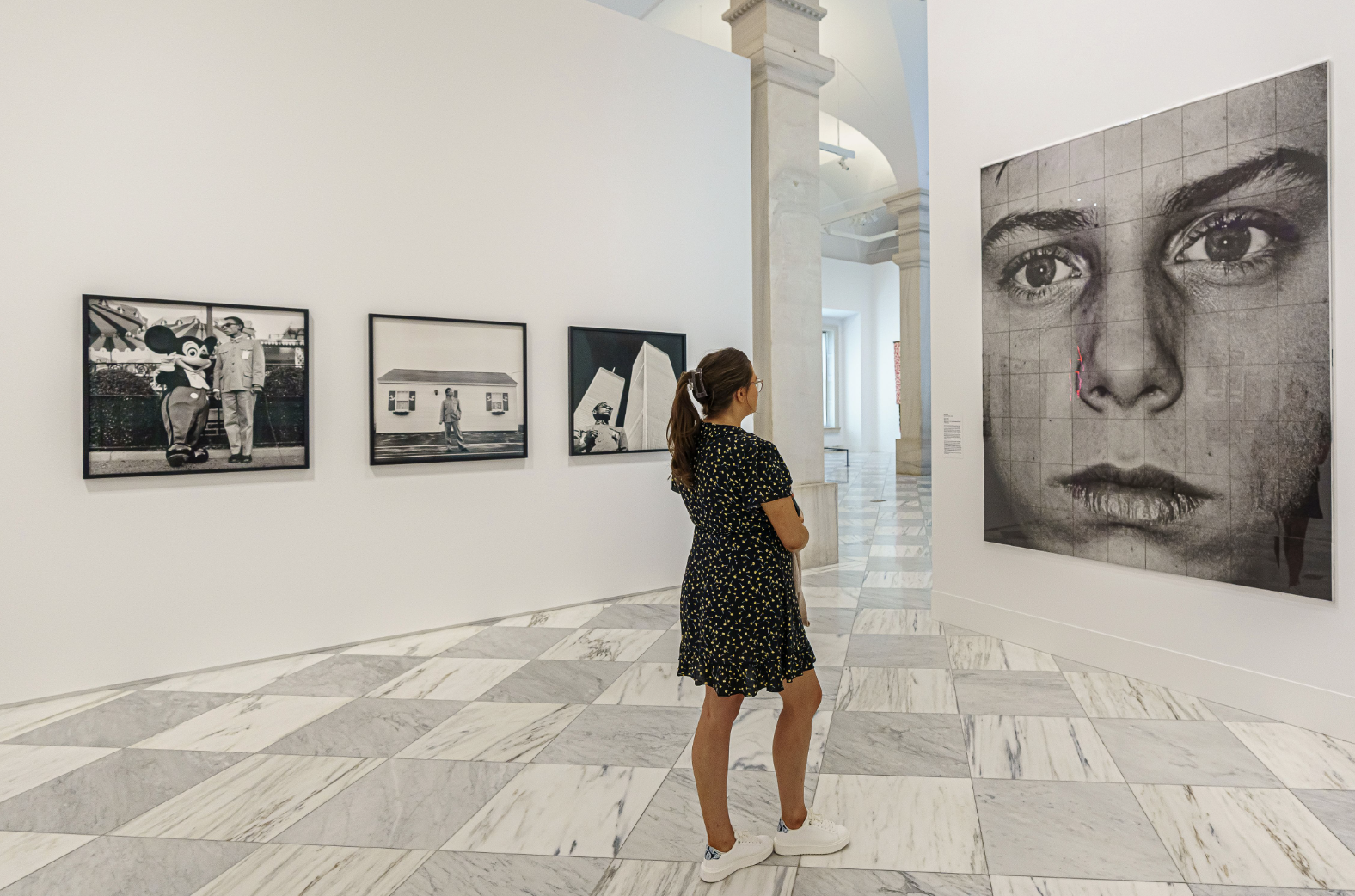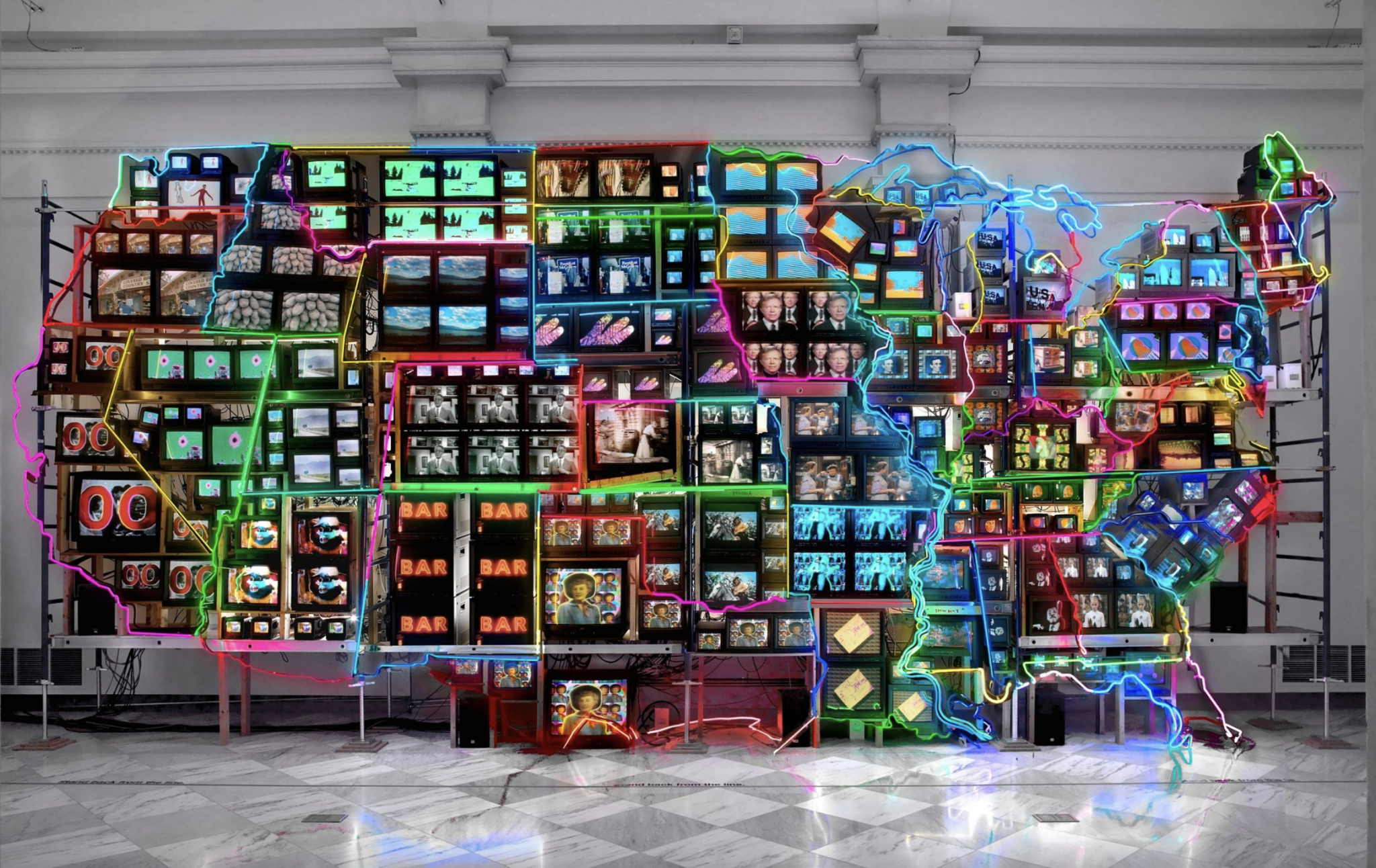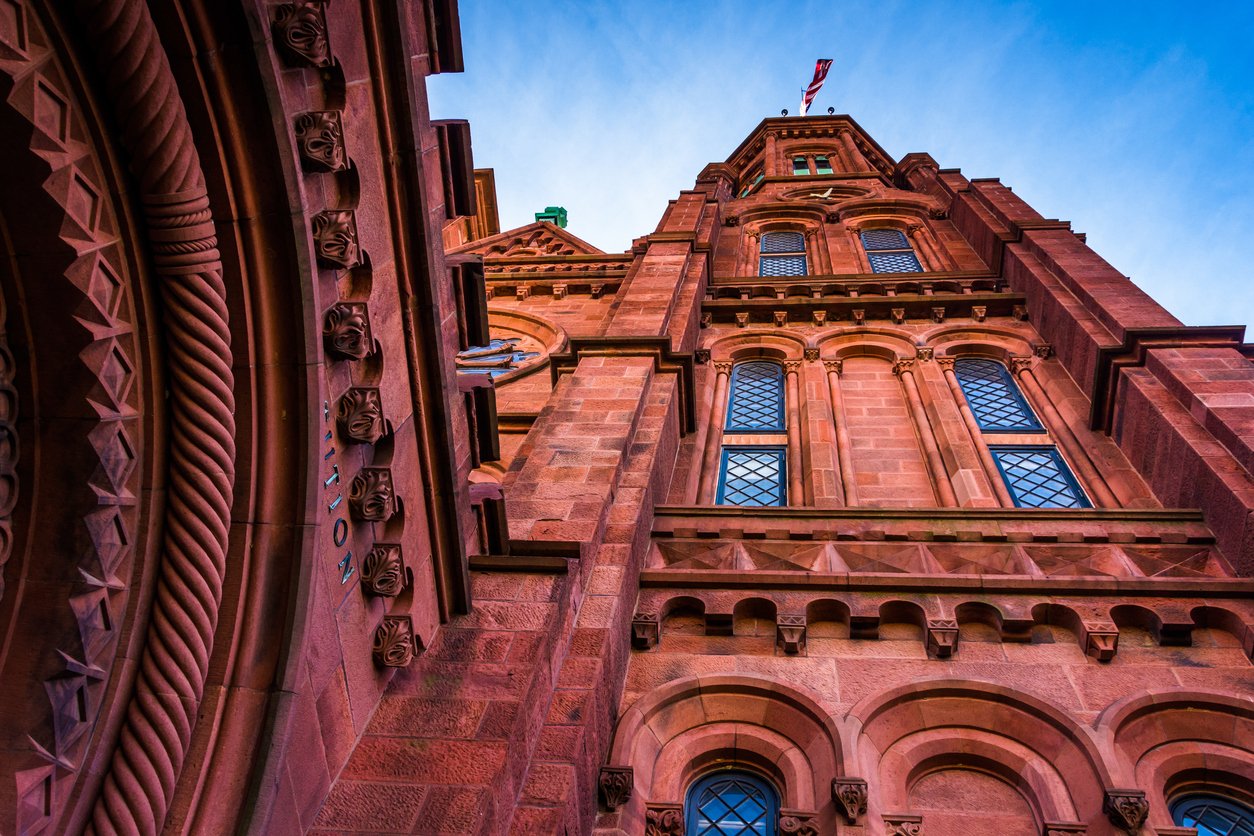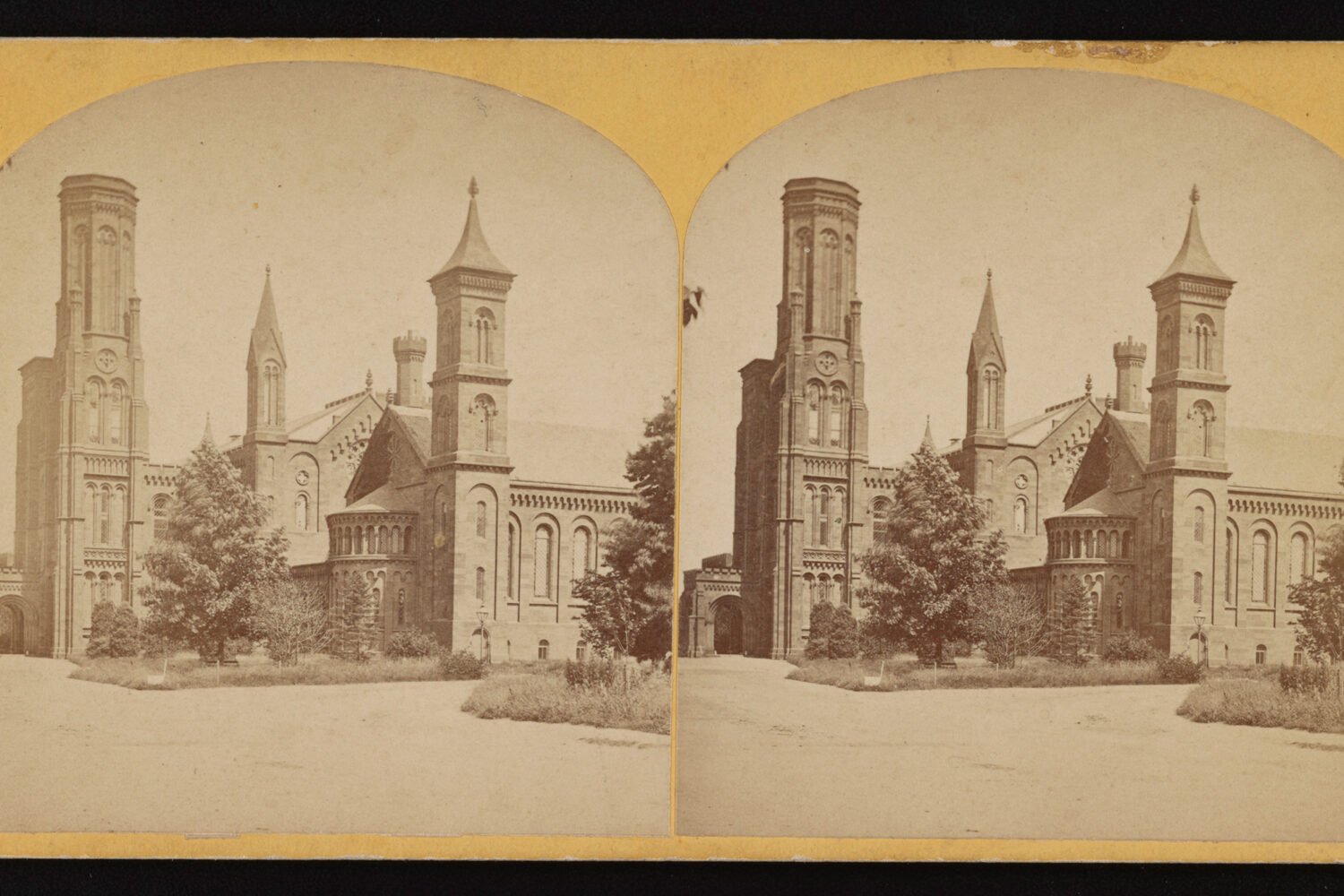The Smithsonian American Art Museum has completely revamped its modern and contemporary art galleries. The space—which is home to one of the museum’s most popular pieces, Nam June Paik’s “Electronic Superhighway”—will reopen this Friday.
Closed since 2021, the third-floor galleries now tell a fresher, “more expansive view” of American art post-1945 to today, says the museum’s head curator Randall Griffey, who adds that a reconfiguration of this scale “is pretty rare” for a permanent collection exhibit. When the historic 19th-century building needed mechanical work done, the museum spotted an opportunity to reinterpret its collection of art—something it hadn’t done since 2006.
“The world has changed so much since then,” says Griffey. “The stories we want to be able to tell are more expansive and the way that people think about American art has changed a lot since 2006, so we really wanted to take this opportunity to do something new and different.”
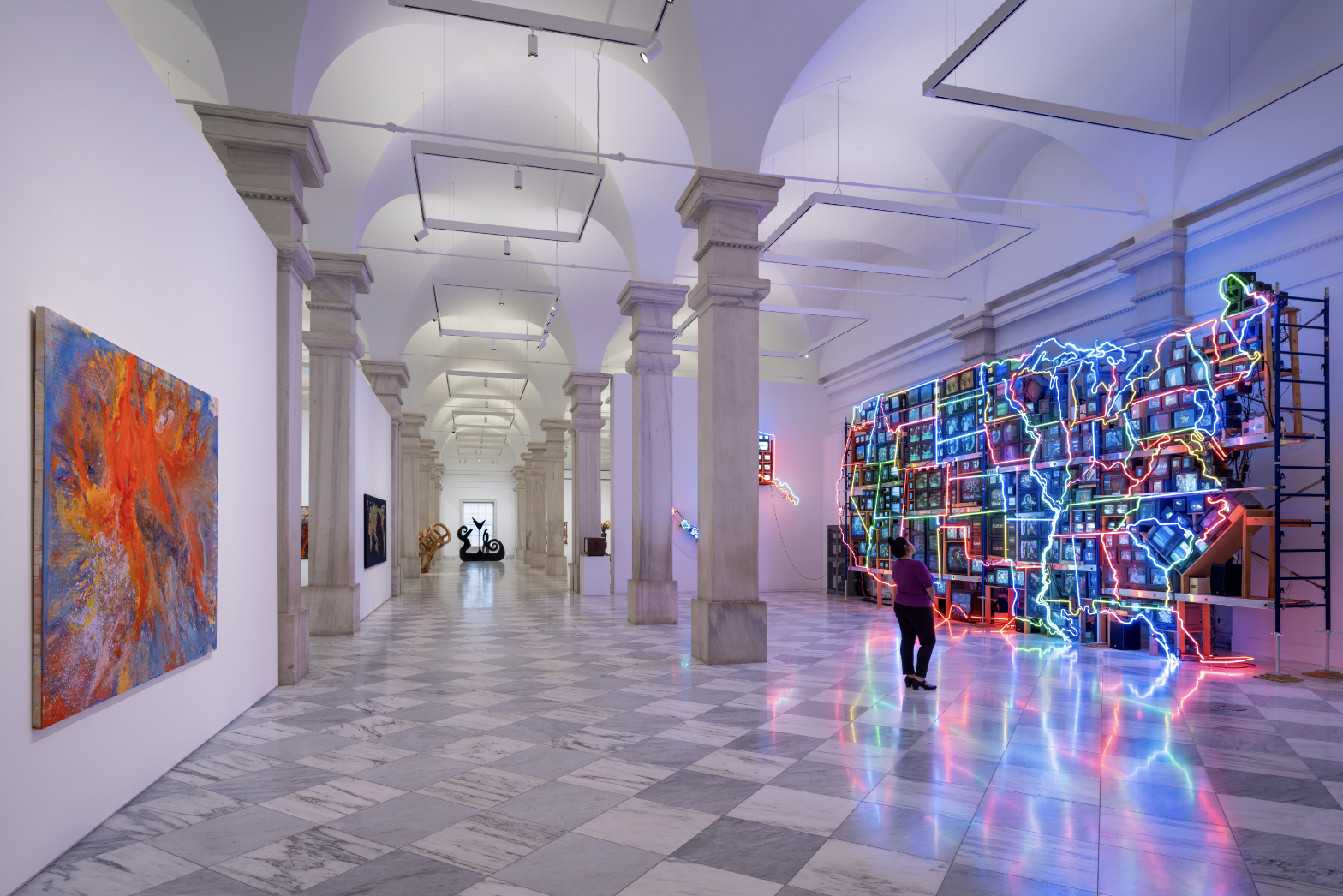
Part of telling that story meant broadening the number of American perspectives on display. Now, of the nearly 100 pieces of artwork within the reimagined galleries, 41 percent were created by women and 52 percent by artists of color. The collection is also more geographically diverse, says Griffey, in an effort to avoid a “New York-centric” story of modern and contemporary art, and it includes works from self-taught artists too. “As the nation’s collection, we have a special obligation to represent more of the country,” he says.
Altogether, the galleries—titled “American Voices and Visions”—reveal how social, cultural, and technological changes have shaped modern and contemporary American artists since 1945. It’ll be a mixture of new and old. In addition to recently acquired pieces by artists such as Audrey Flack, Hank Willis Thomas, and Kay WalkingStick, people will also “fall back in love with their familiar favorites from artists like Alexander Calder and Jenny Holzer,” says Griffey. Particularly noteworthy is Morris Louis’ “Beta Upsilon,” which has been out of public view for more than 30 years, and will be among a number of works from the Washington color school movement on display.
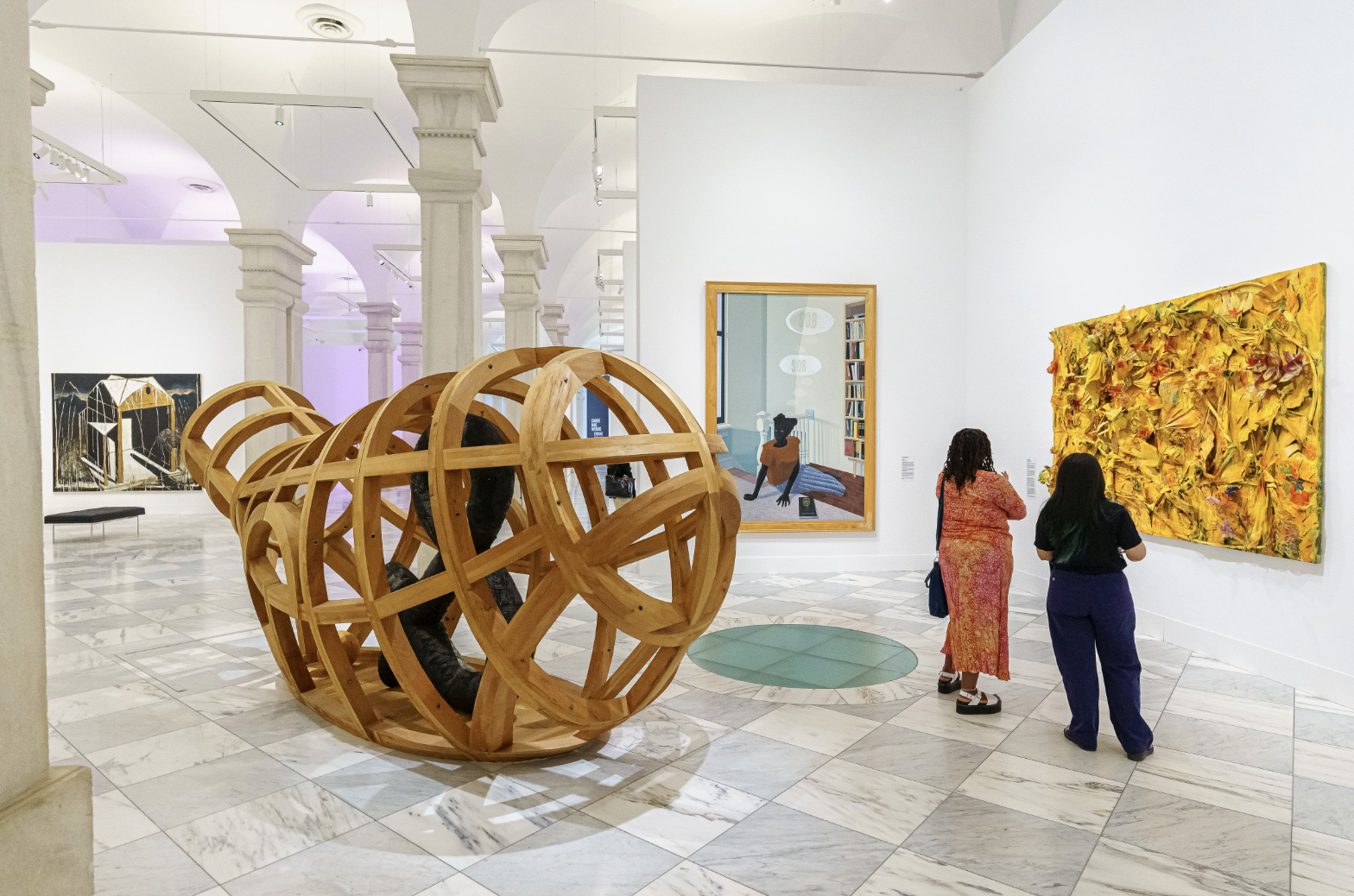
The gallery space itself has been “dramatically reconfigured and redesigned” to highlight the building’s historical architectural elements while improving gallery flow and the display conditions for artwork. For example, large air conditioning grates that were once “an eyesore and almost right where you wanted to put art” have been replaced with modern HVAC. New, taller walls have also created “greater spatial clarity,” says Griffey, allowing for the “cross-fertilization of conversations across spaces that we’re really eager for people to experience.”
The museum hopes to reinterpret all of its permanent collections by 2026, coinciding with the 250th anniversary of the United States. With the third-floor galleries now finished, the museum has now begun planning its renovations for the second-floor galleries.
